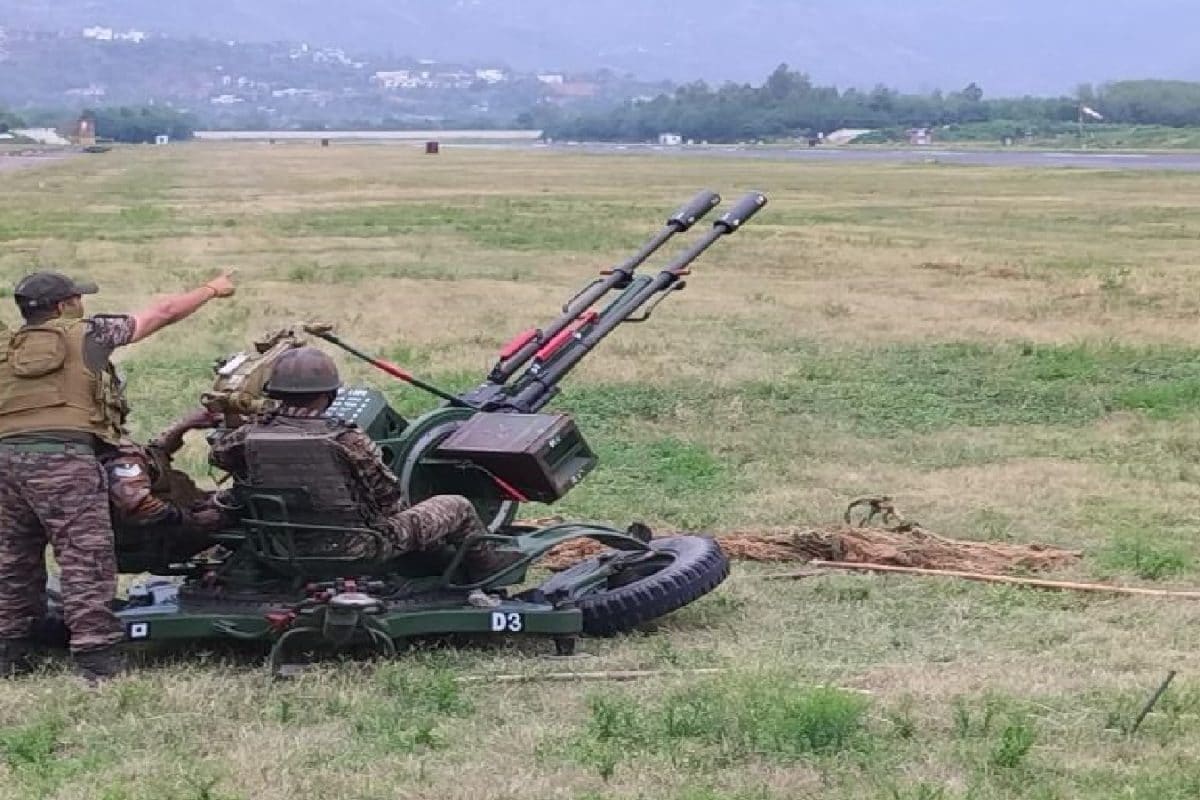

Operation Sindoor, executed by the Indian Army, has reportedly inflicted heavy losses on Pakistan, with officials stating that they are prepared for any eventuality. The operation, which responded to a terror attack in Jammu and Kashmir's Pahalgam that killed 26 people, mostly tourists, has seen significant damage to Pakistani military infrastructure and personnel.
According to Indian military officials, the Chinar Corps of the Indian Army has completely destroyed military infrastructure in the Leepa Valley, located in Pakistan-Occupied Kashmir (PoK). This includes at least three posts, an ammunition depot, a fuel storage facility, and gunnery positions. They estimate that it will take Pakistan at least 8-12 months to rebuild the infrastructure.
The operation was launched on May 7th and also targeted nine terror camps in Pakistan and PoK. In response to India's actions, Pakistan retaliated with shelling across the Line of Control (LoC) and Jammu and Kashmir, along with attempted drone attacks along the border. However, the Indian Army responded strongly, resulting in significant damage to terror infrastructure and no Indian casualties.
Lt Gen Rajiv Ghai, Director General of Military Operations at the Indian Army, stated that a hotline message was sent to the Pakistan DGMO highlighting ceasefire violations. He also affirmed India's intent to respond to any repeated violations.
Air Marshal AK Bharti and other top military officials have stated that all Indian Air Force pilots are safely back home after striking frontline Pakistan Air Force bases. While India lost five soldiers in Operation Sindoor, Pakistani forces suffered significantly heavier casualties, with estimates ranging from 35-40 personnel killed along the LoC between May 7-10. Some reports suggest that the number of Pakistani military personnel killed could be as high as 64, with 96 injured during the Indian strikes led by the Chinar Corps.
Visual evidence of the damage inflicted at Pakistani air bases and of various Pakistani drones and missiles that were successfully intercepted and destroyed by Indian air defense systems has been released by the Armed Forces. Indian military commanders have also stated that the Pakistan Air Force (PAF) lost "a few" aircraft and that 20% of PAF infrastructure was damaged. Over 50 individuals, including a Squadron Leader and four airmen, were reportedly killed in a strike on the Bholari air base in Sindh.
Indian Army officials have emphasized that Operation Sindoor was a calculated and mission-oriented strike aimed at destroying enemy terror infrastructure and posts aiding infiltration. They highlighted the use of indigenous advanced radar systems and target acquisition systems, as well as the high morale and spirit of the Indian soldiers.
Despite the heavy losses inflicted on Pakistan, the Indian Army maintains that its military infrastructure remains intact. One official stated that the retaliation was so devastating that it will take Pakistan a significant amount of time to recover. Another official noted that intercepted communication revealed a Pakistan Army commander instructing troops to prioritize saving lives, indicating the level of panic and disruption caused by the Indian strikes.
Following discussions at the military level, both India and Pakistan reached an understanding to halt hostilities. However, the Indian Army remains prepared for any eventuality and has sent a clear message that it will respond firmly to any further ceasefire violations or acts of aggression.